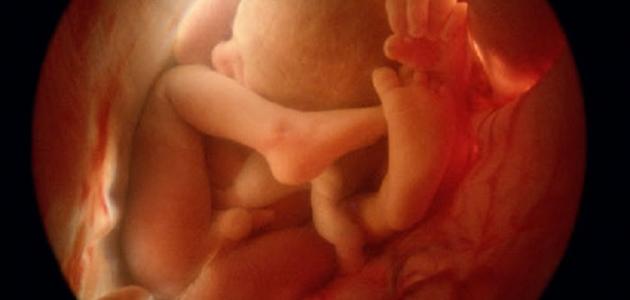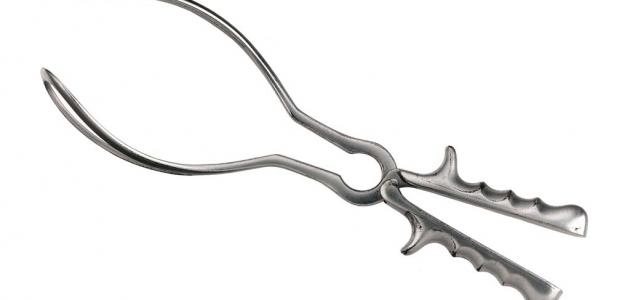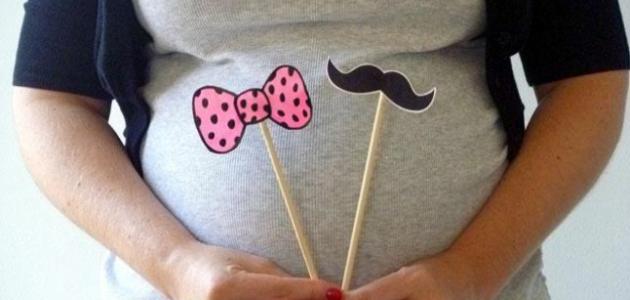Contents
The position of the fetus in the womb
The fetus grows, develops, and increases its weight and length during pregnancy, which extends for a period of nine months in most cases, and the fetus usually takes its special position that facilitates its exit from the womb at the end of the pregnancy, as its head is facing downward and facing the pelvic region, and the seat of the fetus is stable at the bottom The uterus from above, this position is known as the vertical adventitious position.
There are about 4% of the fetuses who do not adopt the vertical position, and instead take the breech position, where the breech is directed downward to come out first at birth, and in this case the birth must be performed through a cesarean section, but before resorting to the cesarean section there are several methods It can adjust the position of the fetus from my seat to my head, and allow a natural birth.
Forms of posture
- The breech position: so that the fetus’s legs are fully extended against its head, with its backside visible in the birth canal.
- Full breech position: so that the fetus is seated with bent knees, so that the legs and the back of the birth canal appear.
- The breech position with the limbs: so that one or both legs of the fetus lie under its rear, which is what appears first at birth.
Causes of breech position
There are no clear and specific reasons that lead to a breech fetus, but it is possible to talk about reasons that increase the likelihood of a fetus adopting a breech position, namely:
- Increase the level of amniotic fluid, thus increasing fetal movement.
- Decreased or displaced placenta.
- Increase in fetal size.
- The number of repeated pregnancies.
Adjusting the position of the fetus from my seat to my head
The position of the breech fetus is not considered a cause for concern, it is possible for the experienced doctor to adjust the position of the fetus in some cases, or to resort to cesarean section. This step in the hospital is in order to give the pregnant woman some medicines that help to relax the uterus, and to monitor the fetus while its position changes, and this method usually works if it is performed during the thirty-second week and the thirty-sixth week of pregnancy.
The risks of adjusting the position of the fetus from my seat to my head
- Detachment of the placenta.
- Decreased fetal heart rate.
Childbirth in a breech position
Doctors often prefer a cesarean delivery in the breech position of the fetus because it is the safest, and the birth process is done naturally in the breech position if the following conditions are met:
- If the fetus is in the explicit breech position.
- If the fetus shows no signs of being upset.
- If the placenta is healthy and in place.
- If the cervix is dilated.
- If the pelvis of the pregnant woman is wide enough to remove the head of the fetus from it without complications.






